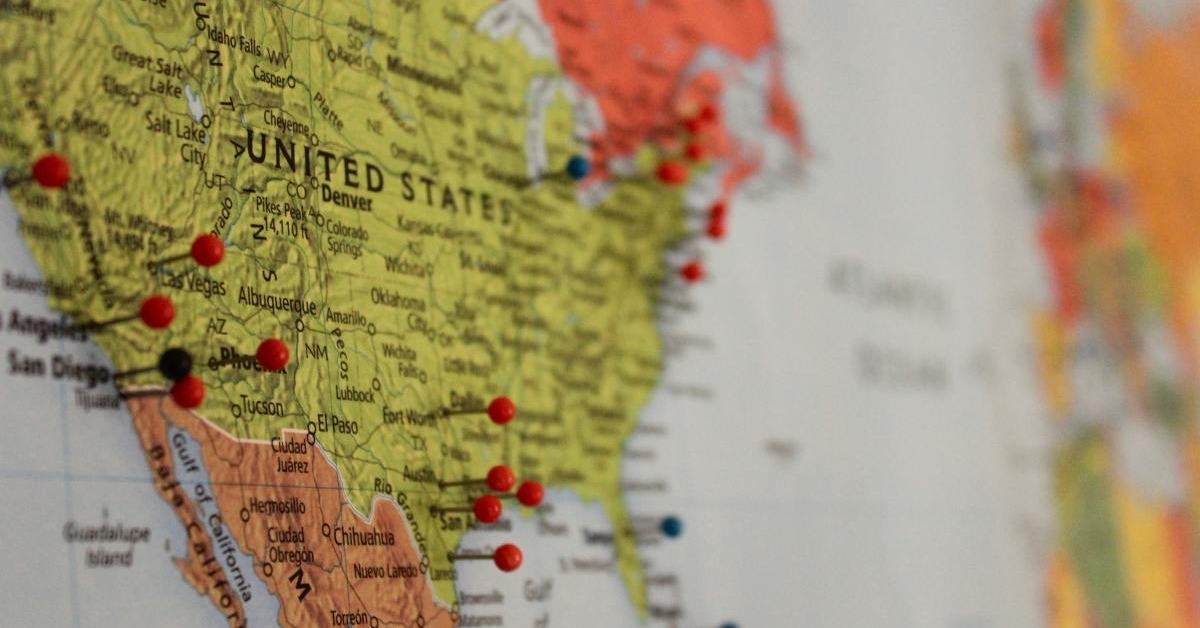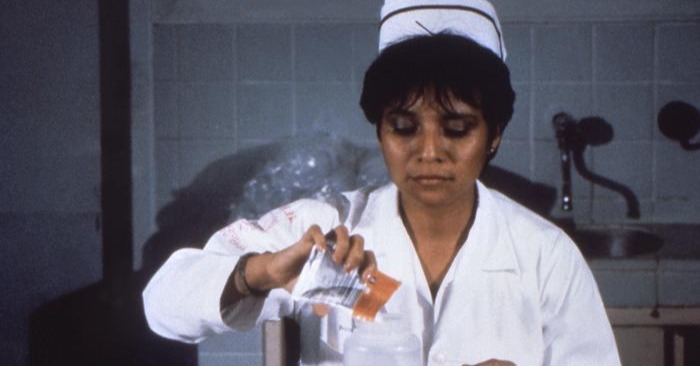
The Highest Paying States for Nurse Practitioners (NPs)
Nurse practitioners (NPs) typically earn six figures, but NP salaries [...]
This website may earn a commission if you make a purchase after clicking on a product link in this article
“Nurse practitioners (NPs) are one of the most significant factors in expanding patient access to primary, acute and specialty care,” American Association of Nurse Practitioners (AANP) President Joyce Knestrick recently told Forbes, “especially at a time when demand is high and physicians remain concentrated in more urban and affluent areas.”
Indeed, the growing number of nurse practitioners (NPs)—there were 120,000 in the United States in 2007 according to the AANP, while today there are 234,000—indicates that more Americans are seeking care with NPs over physicians. As Knestrick explains, “NPs are quickly becoming the first choice as primary care providers for thousands of people across rural as well as urban America.” The effect is especially pronounced in rural communities, where NPs now constitute over one-quarter of all healthcare providers.
NPs have come a long way since 1965, when Loretta Ford co-founded the first NP program at the University of Colorado. At the time she correctly predicted that NPs would be nurses for all settings, spanning patient-centered care to fill hospital, family practice, outpatient, clinic-based, medical center, and critical care job openings. It’s taken a while, but today her vision has become reality.
Nurse practitioners are the backbone of every medical institution, and the training required to become an NP builds upon that of a registered nurse (RN)—ultimately earning the title of Advanced Practice Registered Nurses (APRN). Nurse practitioners are just one of many types of APRNs, including certified nurse anesthetists (CNA), certified nurse midwives (CNM), and clinical nurse specialists (CNS).
Once the certifications and licenses required to become a licensed nurse practitioner (more on that later) are completed, NPs are able to perform many of the same functions as physicians in their field: they diagnose conditions and prescribe medications, for example. Unlike a registered nurse, nurse practitioners may provide primary and specialty healthcare, depending on state regulations. Some NPs even open their own clinics.
Convenience and individual attention are why Americans make 1.06 billion visits to NPs each year, according to the AANP. Many patients feel that NPs spend more time with patients than do physicians and report that NPs do a good job of stressing preventative measures, resulting in fewer out-of-pocket expenses over the long term.
With expanded health insurance coverage allowing more Americans access to healthcare, many residents of rural, underserved areas of the country have come to rely on NPs as their “go-to-primary care,” according to Forbes. The extent of the care NPs can provide is limited by state law; nearly 30 states, including California, require NPs to practice under the authority of physicians.
Things may change in California, as the number of medical doctors there is projected to meet less than half the demand by 2030. In some areas it’s worse; according to the California Health Report, there are 39 medical doctors for every 100,00 people in Inland Empire, an area with a patient population of 4 million. Many believe NPs and physician assistants can fill gaps by providing excellent care without physician supervision (although this position is not without its opponents). Recently, Veterans Affairs hospitals invoked a federal law superseding California’s restrictions within some of its facilities.
With veterans waiting as long as a month to see a doctor—for a range of issues from mental health to acute care—VA hospitals are eager for a solution that NPs can provide. Planned expansion of Medi-Cal, the Golden State’s free or low-cost health coverage benefits program, may compel California to further empower NPs.
While women continue to dominate the world of nursing, the number of men seeking nurse practitioner jobs is growing. Florida (1,242), California (1,157), and Texas (1,062) employ the most male NPs, according to Henry J. Kaiser Family Foundation. Male nurses may find they are not taken seriously as health professionals—especially if their area of focus in on the care of women—but that doesn’t stop them from being attracted to these opportunities. In 2018, the American Association for Men in Nursing (AAMN) placed New York University‘s Rory Meyers College of Nursing at the top of all programs for recruiting, retaining, and educating male NPs.
With America’s aging population putting pressure on healthcare resources, nurse practitioners should enjoy steady employment; jobs are expected to rise by a robust 31 percent through 2026 (compared to a 15 percent rate for a registered nurse), according to the Bureau of Labor Statistics. As of 2018, the median salary for NPs was $113,930. Currently in the United States, California ($133,780), Alaska ($122,880), and Massachusetts ($122,740) pay the highest annual salaries for NPs.
Different types of NPs include adult gerontology nurse practitioners, who may earn $71,370 to $109,564 a year, and neonatal nurse practitioners, who may earn $77,914 and $121,243, according to PayScale. Other NP specialties in the same salary range include oncology, family health, and sports medicine. But there are even more sub-specialties, including:
California is widely regarded as the hottest state for abundant high-paying nurse jobs. Before you move, consider that California has the second-highest cost of living in the US, according to an annual CNBC study. New York, Texas, and Florida employ more than 10,000 nurse practitioners. States with larger rural populations—including Mississippi, Tennessee, and Maine—actually have higher concentrations of nurse practitioner jobs than do these more populous states.
After earning a bachelor’s degree, NPs must complete a master’s degree or doctorate in nursing—but, like all other healthcare professionals, nurses gain the benefits of hands-on training through clinical experience. All in, an NP’s education can take eight years to complete, at which point students must seek the necessary certification and licensing in their respective states.
With their advanced education and training, nurse practitioners may be so in demand in the United States that students can receive government loan-forgiveness benefits and scholarships, especially if they commit to working in Health Professional Shortage Areas (HPSAs) where healthcare is more difficult to find.
In the 2013 documentary If Florence Could See Us Now, present-day nurses discuss the legacy of Florence Nightingale, the founder of modern nursing. “Yes, I perform some functions that are similar to a physician,” says JoAnne Saxe, a nurse practitioner based in California. “I am able to provide primary care services. Yet I know the boundaries of my practice, and I know when I really need the expertise of my physician colleagues. The message I would like to send out is that there’s room for all of us.” If you have a good bedside manner, strong interpersonal skills, an aptitude for the health sciences, and the desire to help others, there could be room for you in the nurse practitioner field as well.
(Last Updated on February 26, 2024)
Questions or feedback? Email editor@noodle.com

Nurse practitioners (NPs) typically earn six figures, but NP salaries [...]

A Doctor of Nursing Practice (DNP) degree qualifies you for [...]

The Doctor of Nursing Practice (DNP) is a terminal practice-level [...]

You need to have an RN license and have several [...]

Many hospitals experiencing COVID case surges offer nurses short-term positions [...]
Categorized as: Advanced Practice Nursing, Nurse Practitioner, Nursing & Healthcare